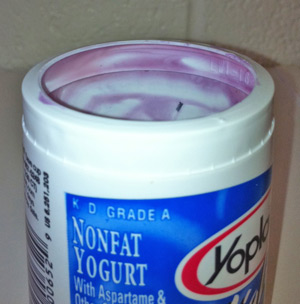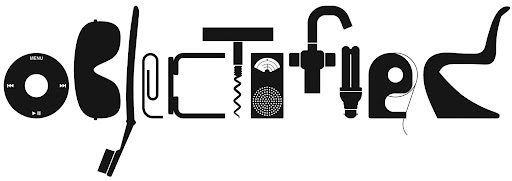There are many dangerous things in our world for one reason or another. Many of these dangerous things were not intended for harm, but led to it inadvertantly, and some other risks of danger are inevitable. An example of a good design that has led to dangers is that of the car. The car made it possible for us to travel. This mode of transportation was reliable and fairly inexpensive. Our society no longer had to stay in one city all their life. Job opportunities and lifes were found in cities around the country which would not have been possible if the car had not been invented.
Although cars are a great way to get around, it's inevitably a dangerous way of doing so. Like any other mode of transportation, there is an inherent risk. There is no way that you can control all aspects while driving, there are other people on the road, weather conditions, and unusual circumstances that have invariably led to accidents and death.
 Cars have become increasingly safer. The advent of the seatbelt, child seats, and air bags have protected many lives. We perform crash tests and safety tests to make sure that a human will survive upon impact. Safety ratings are public and should be researched before the purchase of the car. Even with all of these great innovations some models of cars just don't hold up to others.
Cars have become increasingly safer. The advent of the seatbelt, child seats, and air bags have protected many lives. We perform crash tests and safety tests to make sure that a human will survive upon impact. Safety ratings are public and should be researched before the purchase of the car. Even with all of these great innovations some models of cars just don't hold up to others. According to Forbes. com, the following cars got a two out of five star rating for both the frontal and rear-side impact crash tests: Kia Rio's Sedan, Nissan Sentra, and Mitsubishi Lancer. The following pick-up models have a two star rollover resistance rating: Ford Ranger, Mazda B-Series, and the Ford Explorer Sport Trac. The least reliable vehicle overall is the Lincoln Navigator. This high end, luxury vehicle has complicated technology that is prone to malfunction.
The designers of cars have an ethical responsiblity to create products that are as safe as possible. With all of our current technology, there really is no excuse. Crash test ratings should four stars and above before the company starts manufacturing the vehicle. Cars are a great invention but should not lead to death in order to cut production costs.


































